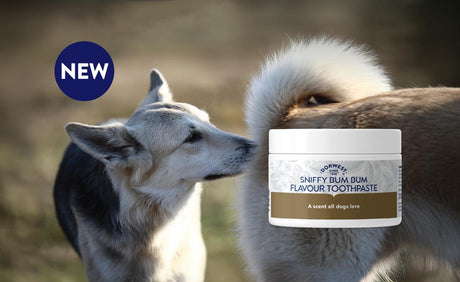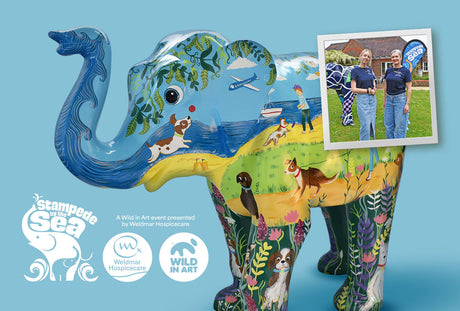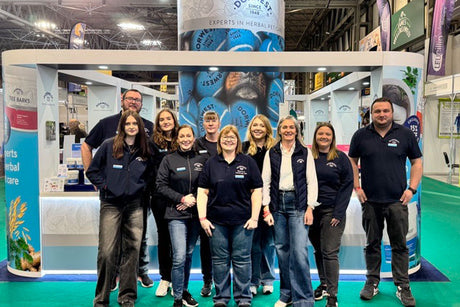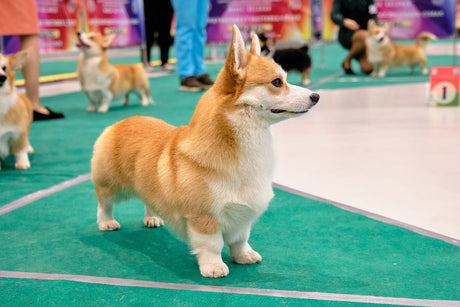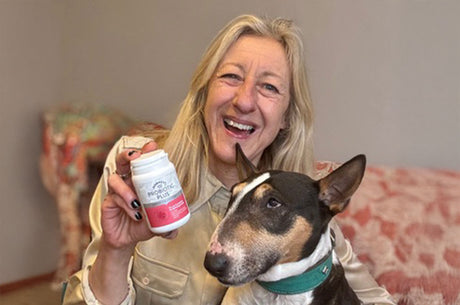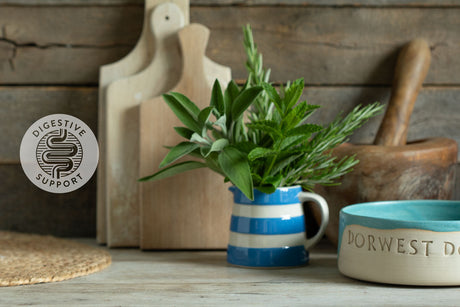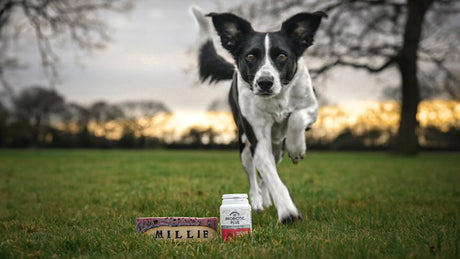
Dogs who suffer from Separation Anxiety can find the experience of being left on their own, without any human companion, pretty traumatic. Their reliance on human companionship can be so extreme that they are left unable to emotionally cope with any period of solo time, even just a few minutes. For their owners, it can be heartbreaking, frustrating, and, at times, all-consuming. Not being able to live your life in a flexible manner can leave the humans in the home feeling trapped and restricted in what they can do. Unfortunately, the outcome of busy working lives, requiring multiple hours away from the home, has resulted in a growing epidemic of dogs displaying signs of Separation Anxiety.
How do I know if my dog has Separation Anxiety?
So, what signs might you see if your dog is feeling stressed when left alone? Sadly, there are probably a huge number of dogs suffering secretly, without their owners having the right understanding to see that there is a problem here for the dog. It really is important to take note of how your dog is behaving so you can support them if you need to. If you’ve never filmed your dog when they’re left alone - even if you’re convinced there’s no separation issues there - I’d highly recommend setting up a camera every now and then. Dogs’ behaviours can change over time (particularly with older age), so keeping an eye on things on an on-going basis is really important.
Dogs with Separation Anxiety will by highly anxious - displaying stress signals and potentially destructive behaviours. The sort of behaviours you want to look for include: barking, howling, panting (when it’s not warm), chewing of their body, toileting inside (even when left for just a few minutes), destructive chewing of furniture or household items, or scratching by exit points of the home. You may see some of these stress signals before you even leave your dog as they predict what’s going to happen next based on our ‘leaving’ behaviours, such as checking the back door is locked. You might see your dog start to pace, pant, or lip lick (flicking its tongue up over its nose). In extreme cases, we’ve seen dogs guarding shoes, or blocking the door, to prevent their human from leaving them.

What causes Separation Anxiety?
There are a number of reasons your dog might not cope well being left alone. For example, this could stem from leaving its mother and littermates too early, previous abandonment (in the case of rescue dogs), a physical or neurological ailment, or the loss of a companion. Before we start working with a dog to resolve any challenges, we always want to investigate the reason behind it. Working with both your vet and a qualified, force-free behaviour practitioner will allow you to do this.
Is there a cure for Separation Anxiety?
In most cases, particularly when working with a young puppy, we can successfully implement a behaviour modification plan to help them feel more comfortable being left alone. Further support can be provided by adding in herbal supplements for the dog’s emotional well-being - which can often help speed up the process. Herbal supplments, such as Dorwest Herbs Scullcap & Valerian Tablets, support our dogs’ emotional state of mind while we’re trying to change their response to a specific experience (such as being left alone), rather than sedating them which would restrict their ability to learn as effectively.

What can I do to help my dog?
A force-free behaviour practitioner will be able to help you put a specific programme in place that suits your dog's individual needs. However, there are some things that you can implement as a head-start before you meet with your behaviourist.
1. Observe behaviours
Filming your dog when left alone will allow you to see if they are displaying any of the body language signals that a stressed dog would show. It can also help you understand if your dog is truly suffering from anxieties around being left alone, or if it is boredom-based behaviour. Keep the footage for your behaviourist to review.
2. Seek professional advice
Getting a full health check from your vet is very important to ensure there is no physical reason behind your dog’s anxieties. Once you have ruled out anything physical, book a consultation with a force-free behaviour practitioner to work on a plan specific to your dog.
3. Build up enjoyment of solo activities
At this stage you will be trying to minimise leaving your dog completely alone. Instead, work on encouraging solo activities your dog can enjoy while you are present but not engaging directly with them. Try throwing food into the garden - scattered food allows them to ‘hunt’ for it and sniffing is a wonderful, calm solo activity that reaps rewards for your dog. Add lots more chewing into your dog’s daily routine - stuffed kongs or 100% meat or fish natural chews are a great way to improve the level of happy hormones in your dog’s brain, which can help balance out some of those more stressful feelings.
4. Add Herbal Supplement support
You can start your dog on a daily dose of Scullcap & Valerian Tablets. This natural herbal supplement will help to relieve anxiety and allow them to feel more comfortable in their environment without sedating. If there are any times when you absolutely have to leave your dog for a short period, give them the Valerian Compound 30 minutes before to help them relax.
Getting to the point where your dog is fully comfortable being left alone can take time - be patient and get the professional support you need to help you throughout this journey.
Caroline Wilkinson is the Head Trainer at Barket Place, providers of supportive online dog training for pet parents. She is a Certified Animal Behaviourist and Registered Animal Training Instructor. Caroline has a passion for improving connections between human and hound, with a focus on relationships and the reduction of stress for canines living in a human world. https://barketplace.uk
